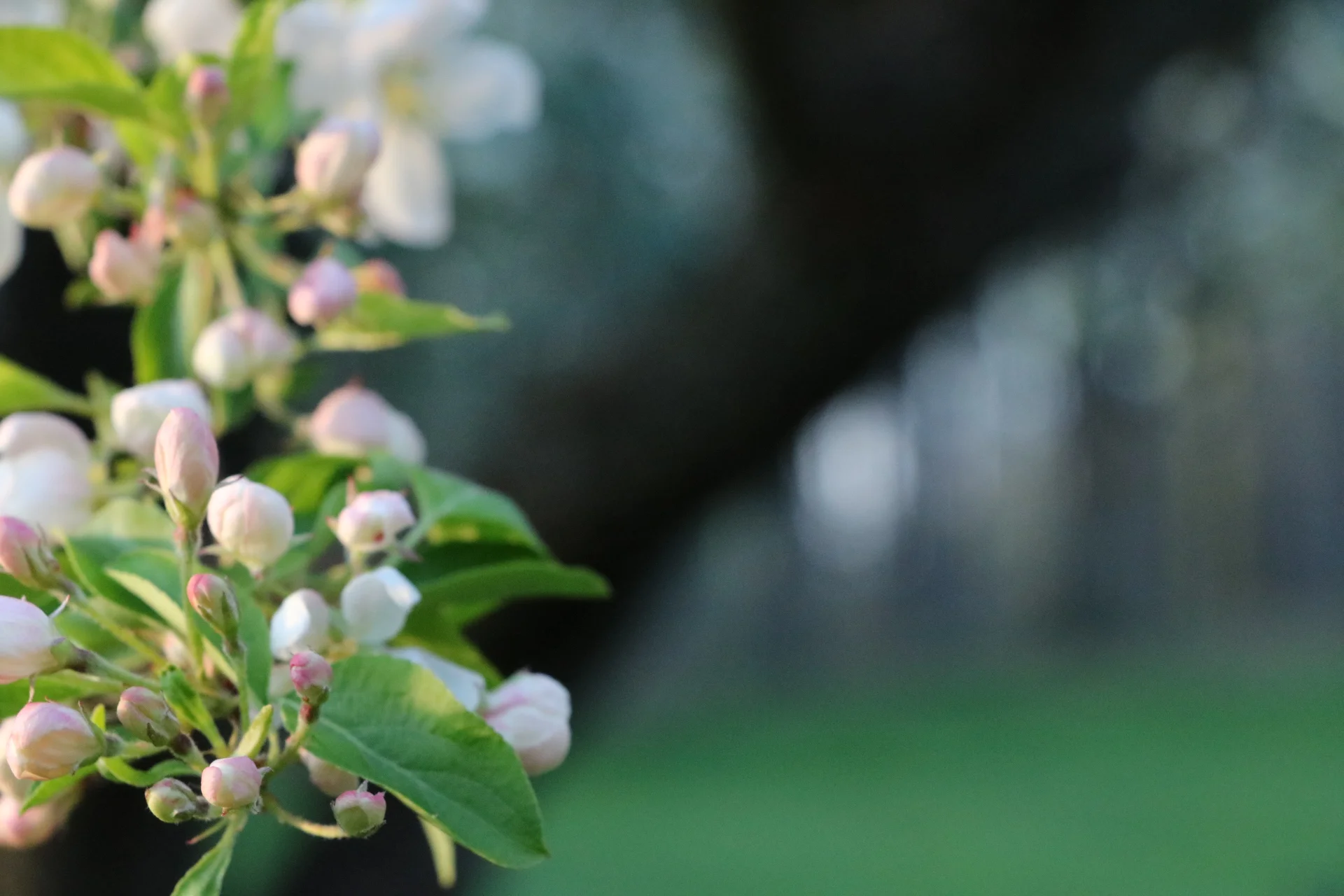Parker's Picks — Meadowsweet
/Meadowsweet (spiraea alba) typically grows in wet meadows and does best in medium to moist soils here in Western New York. It grows to 3 to 5 feet tall and produces clusters of delicate white to pale pink flowers that bloom from late spring to early summer. The flowers and leaves can be used to make herbal teas, syrups, and even flavoring for desserts.
Meadowsweet is known for its sweet fragrance and its historical significance in Native American medicine, particularly for its anti-inflammatory benefits. Rich in salicylic acid, a compound that serves as a precursor to aspirin, it has been employed to alleviate headaches, reduce fevers, and ease joint pain.
In New York, meadowsweet occurs in two forms: narrow-leaved meadowsweet (spiraea alba var. alba) and broad-leaved meadowsweet (spiraea alba var. latifolia). Some sources treat these plants as distinct species, while others classify them as variations of spiraea alba. As the names suggest, the easiest way to tell them apart is leaf size. Broad-leaved meadowsweet sports leaves about 2-to-3 times longer than wide while narrow-leaved meadowsweet leaves are about 3-to-5 times longer than wide.
Inside baseball, we know.
The important takeaway is that meadowsweet is native shrub well-suited to wild spaces and home gardens alike.

